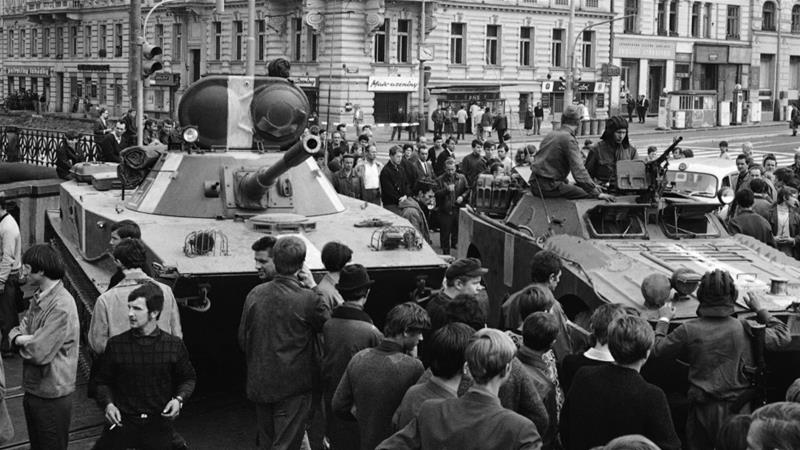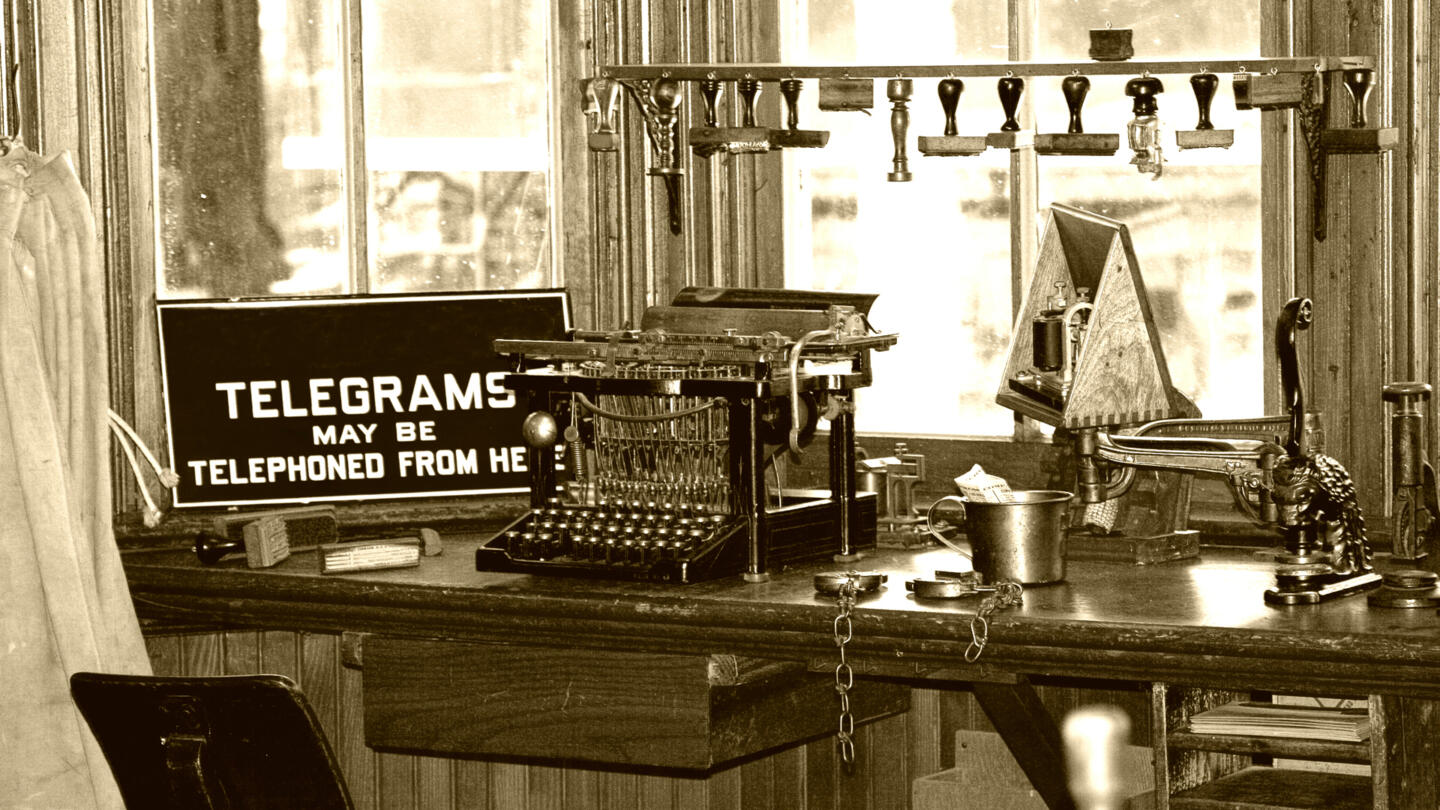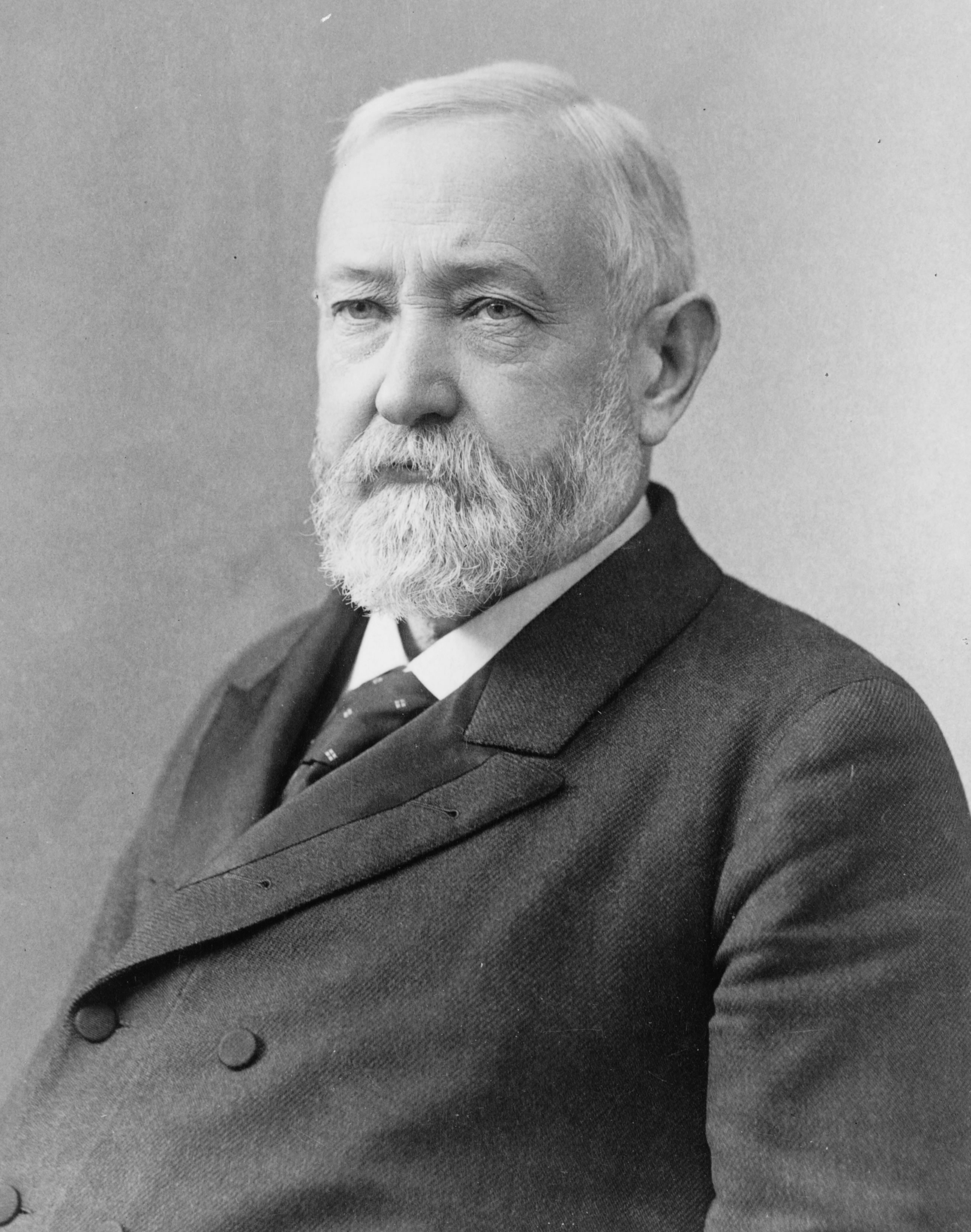
First enslaved Africans arrive in Jamestown, setting the stage for slavery in North America
On August 20, 1619, “20 and odd” Angolans, kidnapped by the Portuguese, arrive in the British colony of Virginia and are then bought by English colonists. The arrival of the enslaved Africans in the New World marks a beginning of two and a half centuries of slavery in North America.
Founded at Jamestown in 1607, the Virginia Colony was home to about 700 people by 1619. The first enslaved Africans to arrive there disembarked at Point Comfort, in what is today known as Hampton Roads. Most of their names, as well as the exact number who remained at Point Comfort, have been lost to history, but much is known about their journey.
They were originally kidnapped by Portuguese colonial forces, who sent captured members of the native Kongo and Ndongo kingdoms on a forced march to the port of Luanda, the capital of modern-day Angola. From there, they were ordered on the ship San Juan Bautista, which set sail for Veracruz in the colony of New Spain. As was quite common, about 150 of the 350 captives aboard the ship died during the crossing. Then, as it approached its destination, the ship was attacked by two privateer ships, the White Lion and the Treasurer. Crews from the two ships stole up to 60 of the Bautista’s slaves. It was the White Lion which docked at Virginia Colony's Point Comfort and traded some of the prisoners for food on August 20, 1619.
Scholars note that the arrivals were technically sold as indentured servants. Indentured servants agreed, or in many cases were forced, to work with no pay for a set amount of time, often to pay off a debt and could legally expect to become free at the end of the contract. Many Europeans who arrived in the Americas came as indentured servants. Despite this classification—and records which indicate that some of them did eventually obtain their freedom—it is clear that the Africans arriving at Point Comfort in 1619 were forced into servitude and that they fit the Universal Declaration of Human Rights’ definition of enslaved peoples.
The arrival at Point Comfort marked a new chapter in the history of the trans-Atlantic slave trade, which began in the early 1500s and continued into the mid-1800s. The trade uprooted roughly 12 million Africans, depositing roughly 5 million in Brazil and over 3 million in the Caribbean. Though the number of Africans brought to mainland North America was relatively small—roughly 400,000—their labor and that of their descendants was crucial to the economies of the British colonies and, later, the United States.
Two of the Africans who arrived aboard the White Lion, Antonio and Isabella, became “servants” of Captain William Tucker, commander of Point Comfort. Their son William is the first known African child to have been born in America, and under the law of the time he was born a freeman. In the coming decades, however, slavery became codified.
Servants of African origin were oftentimes forced to continue working after the end of their contract, and in 1640 a Virginia court sentenced rebellious servant John Punch to a lifetime of slavery. With fewer white indentured servants arriving from England, a racial caste system developed and African servants were increasingly held for life. In 1662, a Virginia court ruled that children born to enslaved mothers were the property of the mother’s owner.
As cash crops like tobacco, cotton and sugar became pillars of the colonial economy, slavery became its engine. Though the slave trade was outlawed in 1807, chattel slavery and the plantation economy it made possible flourished in the South. The 1860 census found that there were 3,953,760 enslaved people in the United States, making up roughly 13 percent of the total population.
The conflict between abolitionists and those who wanted to preserve and spread slavery was a major catalyst in the outbreak of the Civil War. President Abraham Lincoln formally freed enslaved people in the South with the Emancipation Proclamation in 1863, although it was not until the passage of the Thirteenth Amendment in 1865 that slavery was totally abolished in the United States.
In the end, 246 brutal years of slavery had an incalculable effect on American society. It would take another century after the Civil War for racial segregation to be declared unconstitutional, but the end of state-sanctioned racism was by no means the end of racism and discrimination in America. Because it became a crucial part of the culture and economy of early America after its introduction in Jamestown, slavery is often referred to as the nation’s “original sin.”

MEXICO
1940
Russian revolutionary Leon Trotsky assassinated in Mexico
Exiled Russian revolutionary Leon Trotsky is fatally wounded by an ice-ax-wielding assassin at his compound outside Mexico City. The killer—Ramón Mercader—was a Spanish communist and probable agent of Soviet leader Joseph Stalin. Trotsky died from his wounds the next day.

SPACE EXPLORATION
1975
Viking 1 launched to Mars
Viking 1, an unmanned U.S. planetary probe, is launched from Cape Canaveral, Florida, on a mission to Mars. On June 19, 1976, the spacecraft entered into orbit around Mars and devoted the next month to imaging the Martian surface with the purpose of finding an appropriate landing.

MIDDLE EAST
1982
U.S. Marines deployed to Lebanon
During the Lebanese Civil War, a multinational force including 800 U.S. Marines lands in Beirut to oversee the Palestinian withdrawal from Lebanon. It was the beginning of a problem-plagued mission that would stretch into 17 months and leave 262 U.S. servicemen dead.

COLD WAR
1968
Soviets invade Czechoslovakia
On the night of August 20, 1968, approximately 200,000 Warsaw Pact troops and 5,000 tanks invade Czechoslovakia to crush the “Prague Spring”—a brief period of liberalization in the communist country.

INVENTIONS & SCIENCE
1911
First around-the-world telegram sent, 66 years before Voyager II launch
On August 20, 1911, a dispatcher in the New York Times office sends the first telegram around the world via commercial service. Exactly 66 years later, the National Aeronautics and Space Administration (NASA) sends a different kind of message–a phonograph record containing information about Earth for extraterrestrial beings–shooting into space aboard the unmanned spacecraft Voyager II.

VIETNAM WAR
1954
United States decides to support Ngo Dinh Diem
President Eisenhower approves a National Security Council paper titled “Review of U.S. Policy in the Far East.” This paper supported Secretary of State Dulles’ view that the United States should support Vietnamese prime minister Ngo Dinh Diem, while encouraging him to broaden his government and establish more democratic institutions.

SPORTS
1920
Professional football is born
On August 20, 1920, seven men, including legendary all-around athlete and football star Jim Thorpe, meet to organize a professional football league at the Jordan and Hupmobile Auto Showroom in Canton, Ohio. The meeting led to the creation of the American Professional Football.

U.S. PRESIDENTS
1833
Benjamin Harrison is born
Future President Benjamin Harrison is born in North Bend, Ohio on August 20, 1833. Politics had long been the Harrison family business. At the time of his birth, Harrison’s father was serving Ohio in the United States House of Representatives.

WESTWARD EXPANSION
1804
Corps of Discovery suffers its only death
Sergeant Charles Floyd dies three months into the voyage of Meriwether Lewis and William Clark, becoming the only member of the Corps of Discovery to die during the journey. Lewis and Clark left St. Louis the previous May, heading up the Missouri River with a party of 35 men.

ART, LITERATURE, AND FILM HISTORY
1918
“Valley of the Dolls” author Jacqueline Susann born
On August 20, 1918, Jacqueline Susann, the author of Valley of the Dolls, the 1966 mega-hit novel about the showbiz lives of three women (reportedly modeled in part after Judy Garland, Marilyn Monroe and Grace Kelly), is born in Philadelphia, Pennsylvania.

CRIME
1989
The Menendez brothers murder their parents
Lyle and Erik Menendez shoot their parents, Jose and Kitty, to death in the den of the family’s Beverly Hills, California, home. They then drove up to Mulholland Drive, where they dumped their shotguns before continuing to a local movie theater to buy tickets as an alibi.

CIVIL WAR
1862
Horace Greeley’s “The Prayer of Twenty Millions” is published
New York Tribune editor Horace Greeley publishes a passionate editorial calling on President Abraham Lincoln to declare emancipation for all enslaved people in Union-held territory. Greeley’s blistering words voiced the impatience of many Northern abolitionists.

UNITED STATES
1794
Battle of Fallen Timbers
On August 20, 1794, General “Mad Anthony” Wayne proves that the fragile young republic can counter a military threat when he puts down Shawnee Chief Blue Jacket’s confederacy near present-day Toledo, Ohio, with the newly created 3,000-man strong Legion of the United States at the Battle of Fallen Timbers.
Comments
Post a Comment